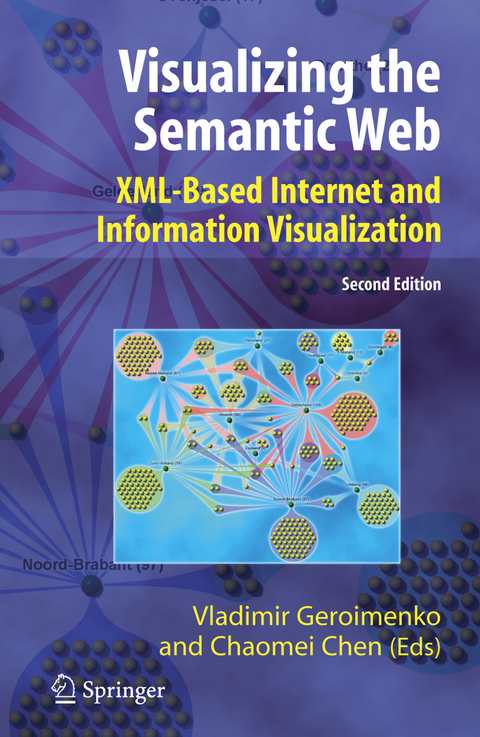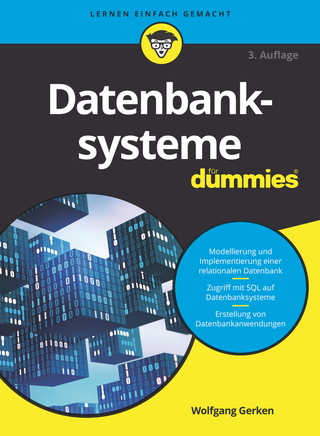
Visualizing the Semantic Web
Springer London Ltd (Verlag)
978-1-85233-976-0 (ISBN)
Semantic, Visual, and Technological Facets of the Second-Generation Web.- The Concept and Architecture of the Semantic Web.- Information Visualization and the Semantic Web.- Ontology-Based Information Visualization: Toward Semantic Web Applications.- Topic Maps, RDF Graphs, and Ontologies Visualization.- Web Services: Description, Interfaces, and Ontology.- Recommender Systems for the Web.- SVG and X3D: New XML Technologies for 2D and 3D Visualization.- Visual Techniques and Applications for the Semantic Web.- Using Graphically Represented Ontologies for Searching Content on the Semantic Web.- Adapting Graph Visualization Techniques for the Visualization of RDF Data.- Spring-Embedded Graphs for Semantic Visualization.- Semantic Association Networks: Using Semantic Web Technology to Improve Scholarly Knowledge and Expertise Management.- Interactive Interfaces for Mapping E-Commerce Ontologies.- Back Pain Data Collection Using Scalable Vector Graphics and Geographical Information Systems.- Social Network Analysis on the Semantic Web: Techniques and Challenges for Visualizing FOAF.- Concluding Remarks: Today’s Vision of Envisioning the Semantic Future.
| Erscheint lt. Verlag | 11.10.2005 |
|---|---|
| Zusatzinfo | 70 Illustrations, color; 38 Illustrations, black and white; XIV, 248 p. 108 illus., 70 illus. in color. |
| Verlagsort | England |
| Sprache | englisch |
| Maße | 155 x 235 mm |
| Themenwelt | Mathematik / Informatik ► Informatik ► Datenbanken |
| Mathematik / Informatik ► Informatik ► Web / Internet | |
| ISBN-10 | 1-85233-976-4 / 1852339764 |
| ISBN-13 | 978-1-85233-976-0 / 9781852339760 |
| Zustand | Neuware |
| Haben Sie eine Frage zum Produkt? |
aus dem Bereich


